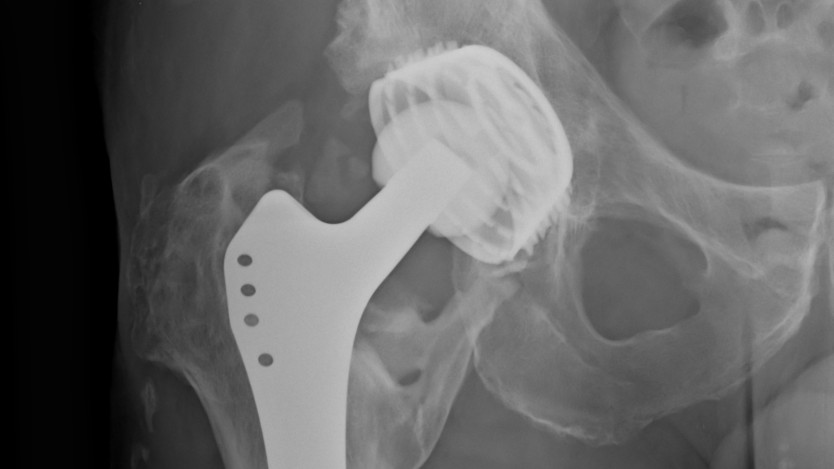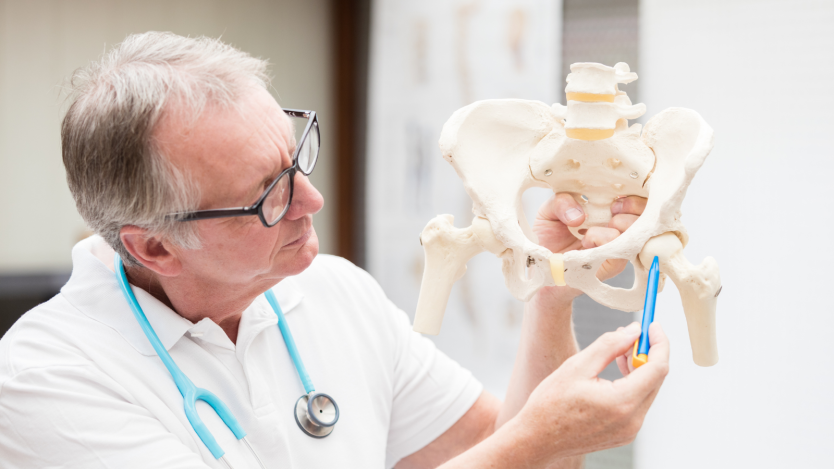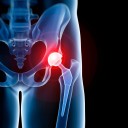What is an arthroplasty?

In previous articles we have discussed laparoscopy and arthroscopy, the so-called minimally invasive surgical techniques. The latter, arthroscopy, should never be confused with arthroplasty, as the only thing they have in common is the prefix arthro- which refers to the joint.
Arthroplasty is, by definition, the removal of damaged or diseased joints, which are made of bone and cartilage, and their replacement by artificial joints made of metals such as chromium, cobalt and titanium; and plastics, high-density polyethylene. Its main objective is the correction of deformities as well as the alleviation of pain in areas of vital importance for the mobility of the body, such as the hip, knee, elbow, ankle, etc.
The first attempts at arthroplasty were made in Europe in the 1930s and in the USA in the 1960s and 1970s. Despite this, today it is still a complex technique, with extensive studies being carried out on how to improve both the technique and the prostheses, with the results being very good and fulfilling the objectives.

There are different types of arthroplasty depending on the joint to be replaced as well as the deterioration and situation of the patient's own joint:
- Hip arthroplasty. There are 3 types of hip arthroplasty differentiated according to whether a surgical cement is used or not:
- Cemented: The components are fixed using methyl methacrylate (surgical cement). It is recommended for elderly patients who have suffered a fracture due to processes related to osteoporosis, arthrosis or arthritis, etc.
- Uncemented: The implant is attached directly to the bone. This operation is recommended for young adults with good bone density who suffer from a fracture or rheumatic disease.
- Hybrid: In this type of arthroplasty, cement is placed on only one of the two components of the prosthesis, usually the one attached to the femur. This procedure is intended for older adults.
- Knee arthroplasty. It is based on replacing the diseased knee with a metallic system, substituting the damaged parts with a metallic and mechanical part. Knee arthroplasties can be total or partial:
- Total Knee Arthroplasty. The damaged joint is completely replaced by a prosthesis. Both parts of the artificial knee will be fixed to the bones, the femur and tibia respectively, using bone cement to glue them together. This operation is aimed at patients with osteoarthritis and rheumatoid arthritis, which prevent them from leading a normal life.
- Partial Knee Arthroplasty. Part of the damaged knee is replaced. It is then replaced with an implant made of plastic and metal, which is fixed with surgical cement.
- Shoulder arthroplasty. This technique, as the name suggests, is the replacement of the shoulder joint. The main reasons for its performance are very complex fractures, inflammatory arthritis, necrosis in the humeral head and tumour processes. The surgical procedure is similar to that performed on the hip, with slight variations, of course.
- Elbow arthroplasty. This procedure is also intended for people with rheumatic diseases such as rheumatoid arthritis. The bones of the joint are replaced with artificial parts. It has two parts that are cemented to both the humerus and ulna, connected by a hinge that allows the joint to move.
- Ankle arthroplasty. This is the replacement of the ankle joint with an artificial prosthesis. The tibia and fibula are disconnected from the talus (main bone of the foot) and the damaged parts of the bones are removed. The artificial joint is then fixed and the two parts are reconnected.

As aforementioned, the main objective of arthroplasties is to replace a damaged joint that causes pain to the patient, preventing them from living a full and active life.
Nowadays, numerous studies continue to be carried out to improve prostheses and their biomechanics as well as surgical techniques. As a result of these studies, the improvement in the quality of life of patients after these procedures is very high.
To learn more about how these procedures are performed, you can go to one of these two links:

Do you need hip replacement surgery in Spain?
Request a free and immediate appointment with our specialists in Traumatology
Medical disclaimer: All the published content in Operarme is intended to disseminate reliable medical information to the general public, and is reviewed by healthcare professionals. In any case should this information be used to perform a diagnosis, indicate a treatment, or replace the medical assessment of a professional in a face to face consultation. Find more information in the links below:
